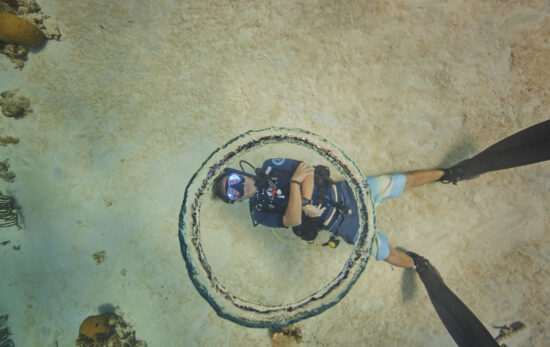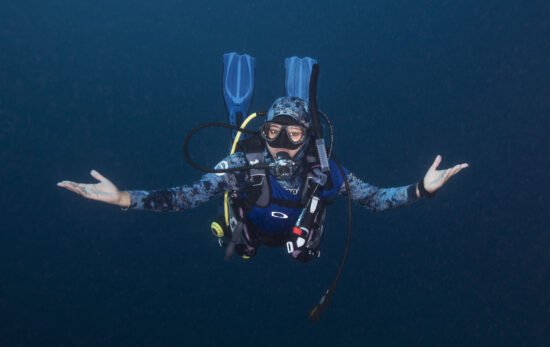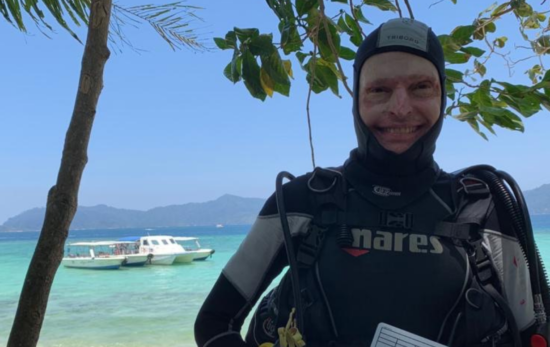Ever wonder what the difference is between the Master Scuba Diver™ Trainer and Master Instructor PADI certification levels? Read on for a quick overview of all the PADI® Professional rankings and a short explanation of each one.
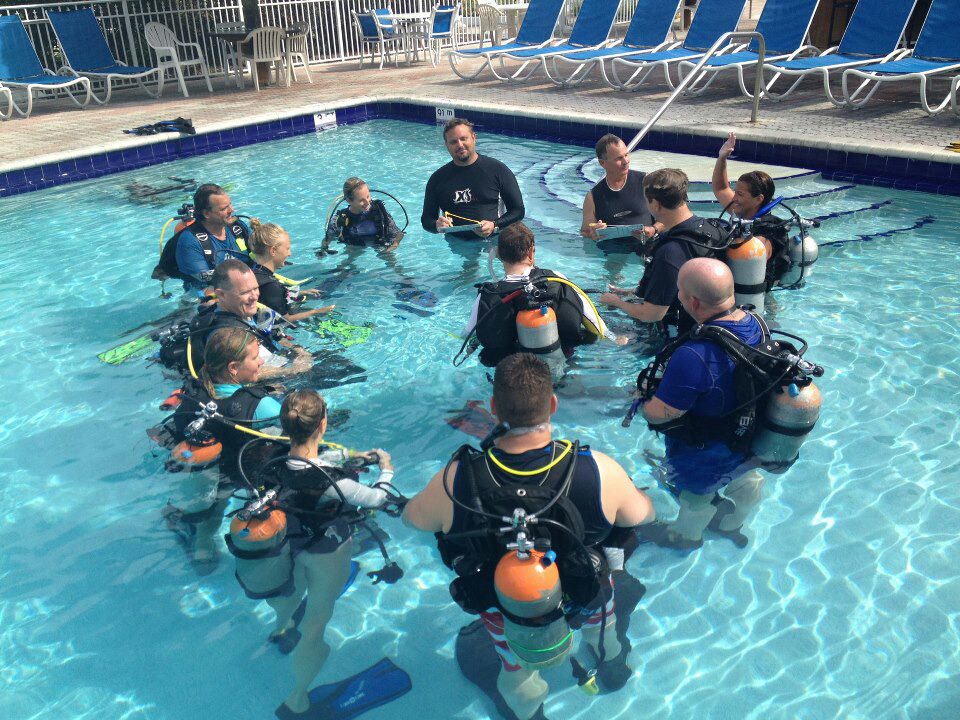
PADI Professional Levels In Order of Achievement
- Divemaster
- Assistant Instructor
- Open Water Scuba Instructor
- Master Scuba Diver Trainer
- IDC Staff Instructor
- Master Instructor
- Course Director
Divemaster
There’s a common misunderstanding about where Divemasters rank among scuba professionals. For example, when I texted a friend to tell her, “I finished the instructor exam! I’m a PADI Instructor!”
She wrote back, “What happened? I thought you were a Divemaster?” She thought I got demoted…
Despite the impressive name, Divemaster is actually the first rung on the PADI Professional ladder. No shade against PADI Divemasters. They are role models to other divers and have exemplary diving skills.
The duties of a Divemaster primarily include leading dives and assisting with scuba classes. Learn more about what you can do with a PADI Divemaster certification.
Assistant Instructor
PADI Assistant Instructor is an optional step between Divemaster and PADI Instructor. Put another way, to become a PADI Assistant Instructor (AI), you complete some – but not all – of the PADI Instructor Development Course (IDC). If you’re curious about becoming a scuba instructor but want to gain experience, build confidence or just don’t have time to do the entire IDC all in one go, Assistant Instructor is a great option.
PADI Pro Chek
Before we dive into the various PADI Instructor levels, I’d like to mention PADI Pro Chek™. This is a free, online lookup tool anyone can use to verify the status of a PADI Divemaster or Instructor.
For example, you can use Pro Chek to confirm whether the PADI Instructor you plan to work with is an active PADI Member who is authorized to teach. To use Pro Chek, you’ll need the instructor’s PADI Member number, and if they hesitate to provide it, that’s a red flag. You can also contact PADI Customer Relations during regular business hours and ask them to lookup a PADI Pro by name.
PADI takes a proactive approach to ensuring its members maintain a high level of professional reliability and integrity. PADI Divers receive random surveys about their experience to ensure instructors adhere to training standards and meet (or exceed) divers’ expectations. If a PADI Member violates standards or the professional code of contact, their membership can be suspended or revoked. Learn more about The PADI Difference.
PADI Instructor Levels
“PADI Instructor” is an umbrella term for a range of scuba instructor levels. Everyone starts out as an Open Water Scuba Instructor (OWSI) then works their way up the ranks to Master Instructor or Course Director.
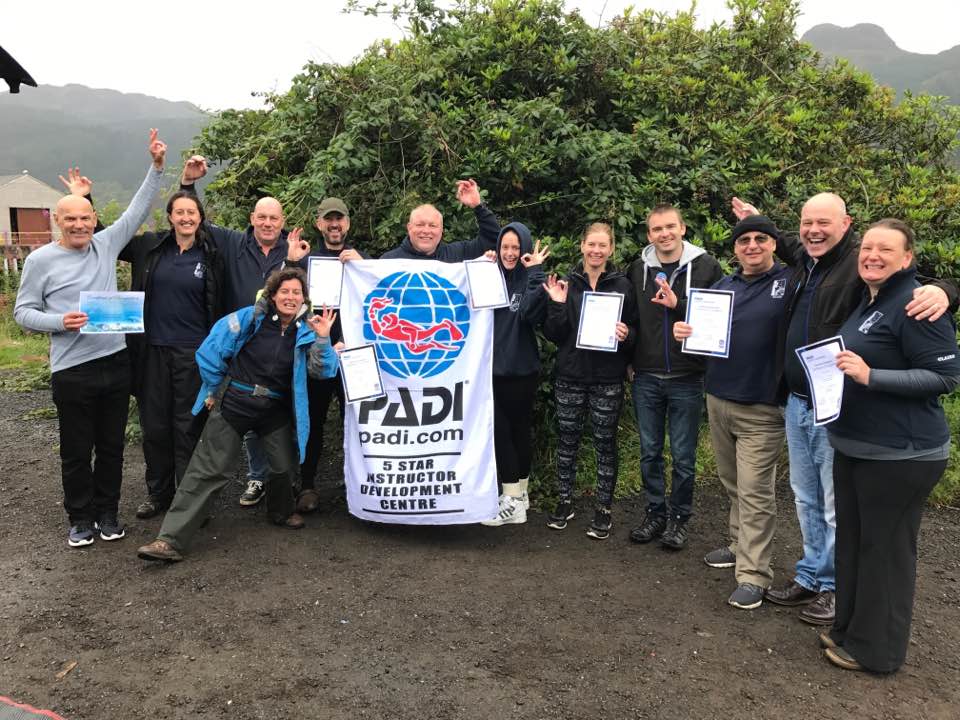
Open Water Scuba Instructor (OWSI)
Divemasters who successfully complete the PADI Instructor Development Course (IDC) and Instructor Exam (IE) become Open Water Scuba Instructors (OWSI). It’s not quite as simple a name as it sounds because OWSIs can teach more than just the PADI Open Water Diver course.
OWSIs can teach all of PADI’s core courses (Open Water, Advanced Open Water, Rescue Diver and Divemaster), kids scuba programs and three of the six conservation specialty courses. They are also qualified to teach first aid and CPR courses.
The articles below can help you chart a path to PADI Instructor:
- How To Find the Best PADI Instructor Development Course for You
- How to Become a Scuba Instructor
- What to Consider Before Taking Your PADI Instructor Development Course
Master Scuba Diver Trainer (MSDT)
An OWSI who has issued at least 25 PADI certifications and earned five PADI Specialty Instructor certifications can apply to be a Master Scuba Diver Trainer (MSDT). The five Specialty Instructor certifications are in addition to the three earned by becoming an OWSI.
The name “Master Scuba Diver Trainer” ties in to the recreational diver-level requirements. To become a PADI Master Scuba Diver, you need at least five PADI specialty certifications. A Master Scuba Diver Trainer can teach at least five specialties, so a diver could theoretically do all of their training from non-diver to Master Scuba Diver with the same instructor (but you don’t have to).
IDC Staff Instructor
The majority of PADI Instructors are MSDTs or OWSIs, but some pursue additional training so they can work with future PADI Instructors. As the name suggests, IDC Staff Instructors assist with IDCs (Instructor Development Courses).
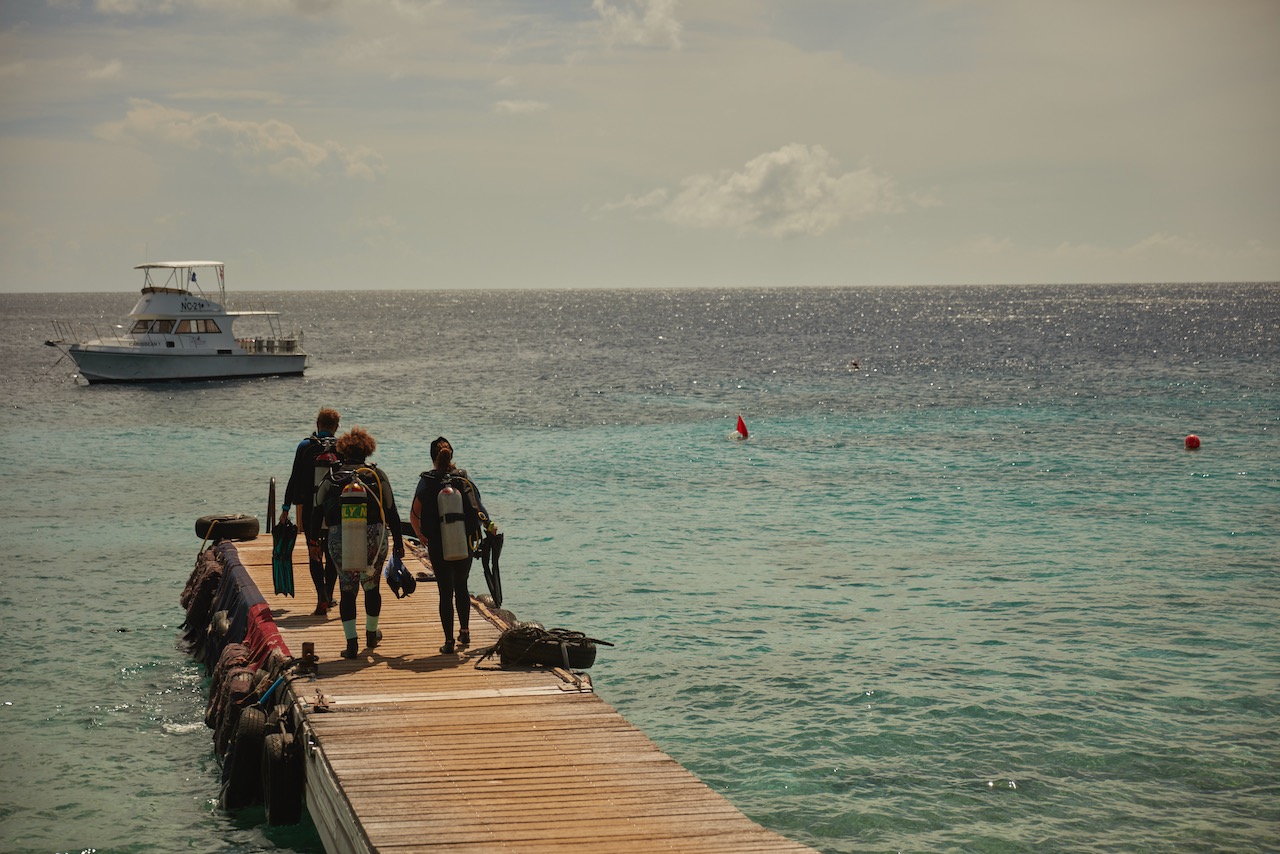
Master Instructor
PADI IDC Staff Instructors who have been PADI Instructors for at least two years may qualify for the elite Master Instructor rating. Other requirements include:
- Issuing 150 PADI certifications at various levels
- Assisting on at least two IDCs
- Issuing 10 Emergency First Response® certifications
- Participation in at least three PADI Seminars
Course Director
The highest rung on the PADI Professional ladder is Course Director, essentially an instructor trainer. Instructors at this level teach PADI Instructor Development Courses (IDCs) and conduct other instructor-level training.
To become a PADI Course Director, you must earn a spot in a Course Director Training Course (CDTC). The application process is very competitive. Being an exemplary instructor is just one of the many skills required to be a Course Director.
Upon successful completion of the CDTC, a Course Director may dedicate themselves to training instructors at a single dive shop or geographic region, or they may travel around and conduct IDCs at other PADI 5 Star IDC Centers in different locations. A handful of Course Directors go on to work for PADI as Instructor Examiners, Regional Managers or Regional Training Consultants.
The top row in the chart below shows the core courses you need to start professional training. The black boxes on the right-hand side show the courses we’ve just covered. It may look like an intimidating journey, but it’s full of fun and adventure. Read about one person’s experience going from Open Water Diver to Course Director.
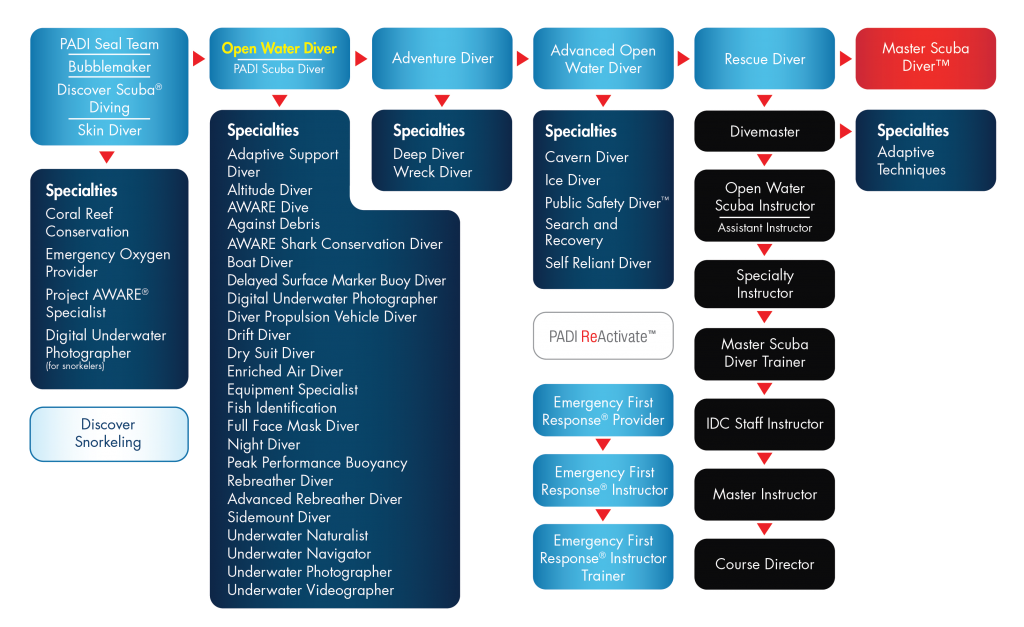
PADI Professionals are in demand around the world. If you’re interested in a full-time or part-time job that allows you to meet new people, travel and help our ocean planet, talk to your PADI Dive Shop or Instructor about next steps. Or, click the button below for more information.




